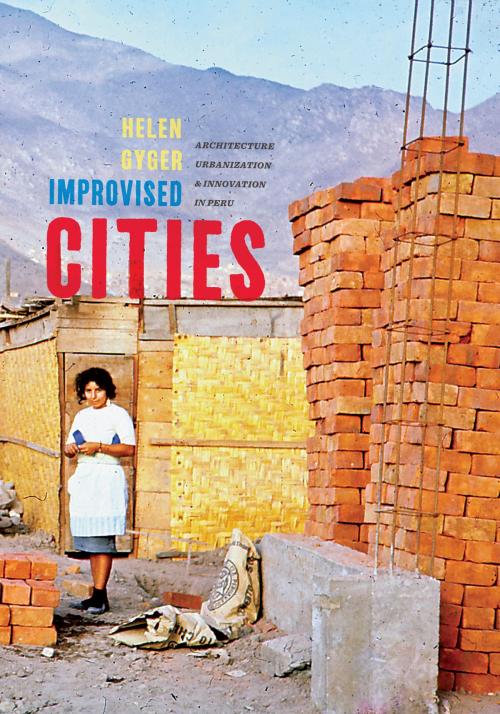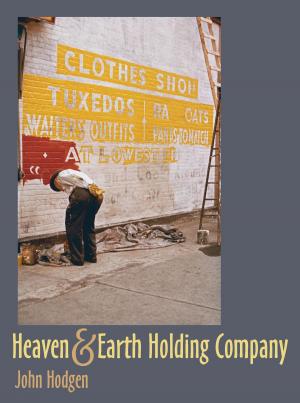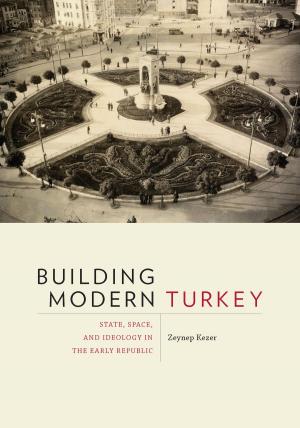Improvised Cities
Architecture, Urbanization, and Innovation in Peru
Nonfiction, Art & Architecture, Architecture, Planning| Author: | Helen Gyger | ISBN: | 9780822986386 |
| Publisher: | University of Pittsburgh Press | Publication: | January 29, 2019 |
| Imprint: | University of Pittsburgh Press | Language: | English |
| Author: | Helen Gyger |
| ISBN: | 9780822986386 |
| Publisher: | University of Pittsburgh Press |
| Publication: | January 29, 2019 |
| Imprint: | University of Pittsburgh Press |
| Language: | English |
Beginning in the 1950s, an explosion in rural-urban migration dramatically increased the population of cities throughout Peru, leading to an acute housing shortage and the proliferation of self-built shelters clustered in barriadas, or squatter settlements. Improvised Cities examines the history of aided self-help housing, or technical assistance to self-builders, which took on a variety of forms in Peru from 1954 to 1986. While the postwar period saw a number of trial projects in aided self-help housing throughout the developing world, Peru was the site of significant experiments in this field and pioneering in its efforts to enact a large-scale policy of land tenure regularization in improvised, unauthorized cities.
Gyger focuses on three interrelated themes: the circumstances that made Peru a fertile site for innovation in low-cost housing under a succession of very different political regimes; the influences on, and movements within, architectural culture that prompted architects to consider self-help housing as an alternative mode of practice; and the context in which international development agencies came to embrace these projects as part of their larger goals during the Cold War and beyond.
Beginning in the 1950s, an explosion in rural-urban migration dramatically increased the population of cities throughout Peru, leading to an acute housing shortage and the proliferation of self-built shelters clustered in barriadas, or squatter settlements. Improvised Cities examines the history of aided self-help housing, or technical assistance to self-builders, which took on a variety of forms in Peru from 1954 to 1986. While the postwar period saw a number of trial projects in aided self-help housing throughout the developing world, Peru was the site of significant experiments in this field and pioneering in its efforts to enact a large-scale policy of land tenure regularization in improvised, unauthorized cities.
Gyger focuses on three interrelated themes: the circumstances that made Peru a fertile site for innovation in low-cost housing under a succession of very different political regimes; the influences on, and movements within, architectural culture that prompted architects to consider self-help housing as an alternative mode of practice; and the context in which international development agencies came to embrace these projects as part of their larger goals during the Cold War and beyond.















